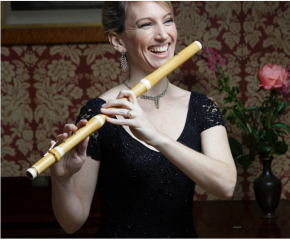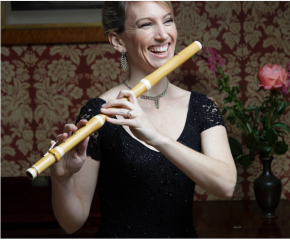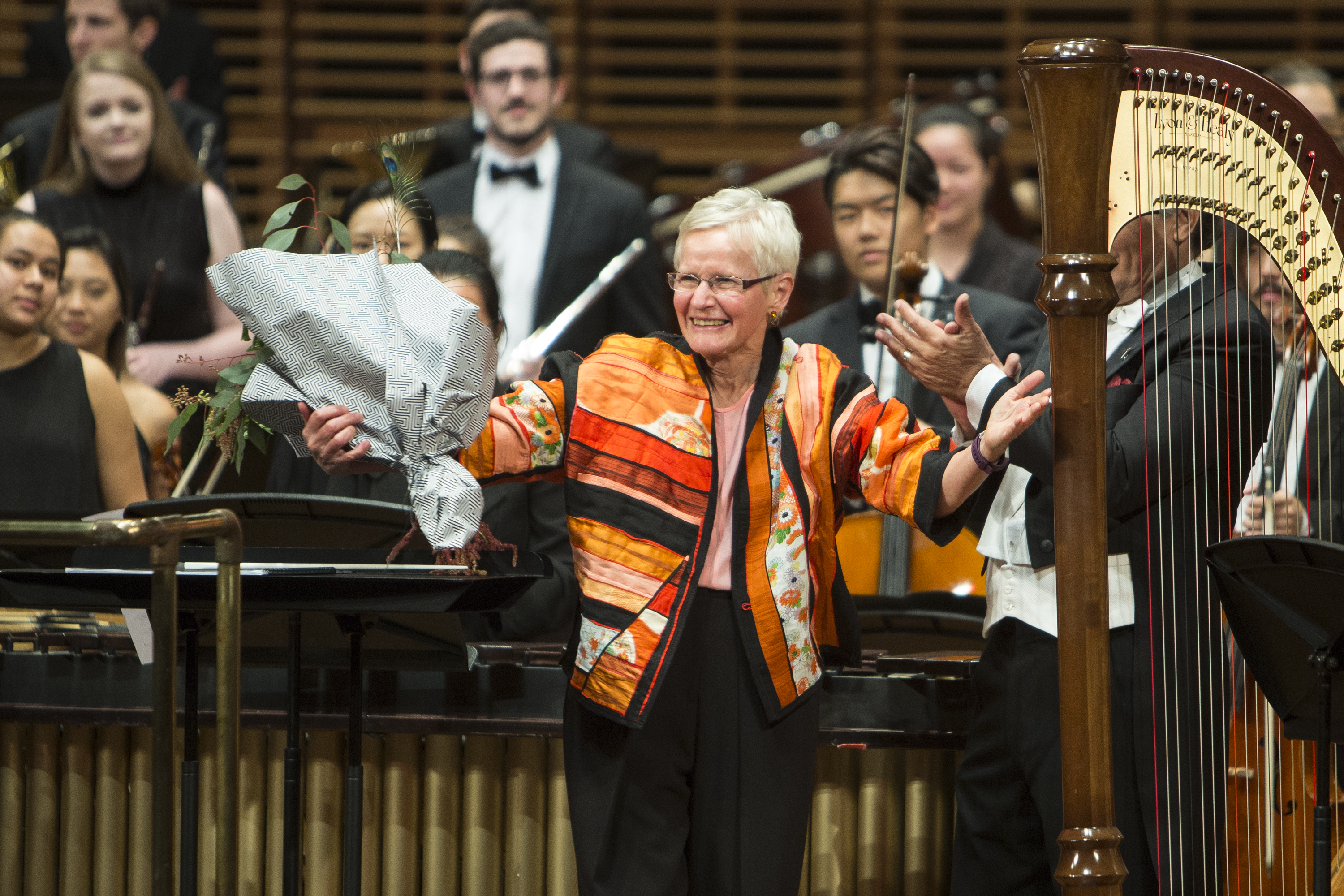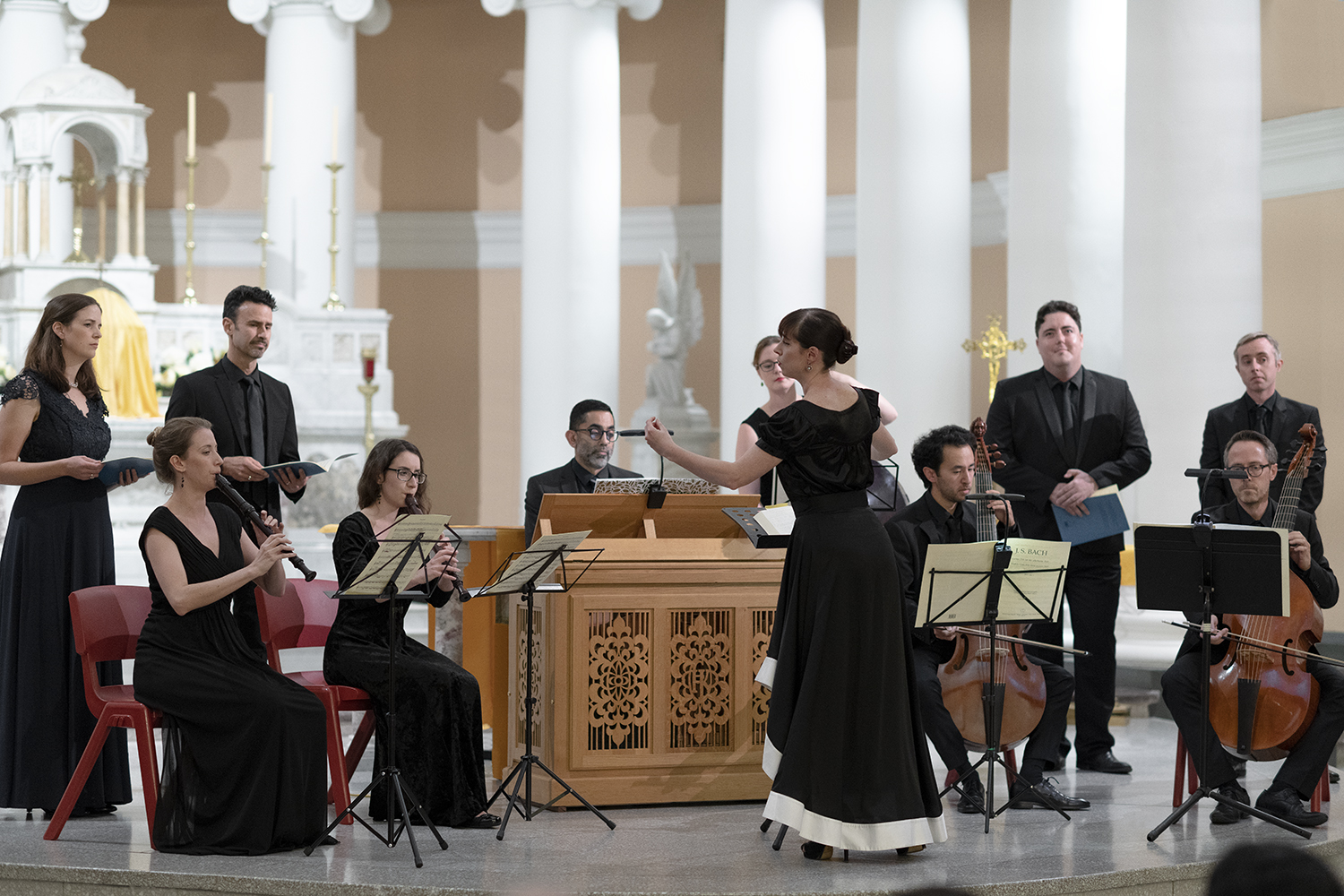Concert Review: Vienna Salon/ Australian Haydn Ensemble

Vienna Salon, Australian Haydn Ensemble
Utzon Room, Sydney Opera House
May 31, 2016
The Australian Haydn Ensemble demonstrated its flair for skilled and instinctive ensemble playing when it performed the music of the early Classical Viennese school in Vienna Salon. Playing on period or replica instruments, the four core string instrumetalists were joined by flautist Melissa Farrow against a moving kaleidoscope of colour as Vivid 2016 took to Sydney Harbour and its foreshores behind them.
The first half of the programme took us on an exploratory adventure with the music of three early classical composers who are rarely heard in performance in Sydney. It was also an opportunity to relish the hypnotic, woody sounds of the early classical flute, an eight keyed 2008 replica, masterfully played by Melissa Farrow.
Music that was themed around Mozart’s friend, Franz Anton Hoffmeister bookended the programme with Hoffmeister’s own Flute Quartet in c minor the curtain-raiser; the second half of the concert was taken up by Mozart’s Quartet in D major K499, Hoffmeister, a gift from Mozart to his friend and colleague. Hoffmeister first studied law before establishing his publishing house. Composition was very much a ‘third’ string to his bow. Yet, his output of music for the still evolving flute was significant and this quartet is an example of how he extended the instrument. This piece in particular probed the limits of the instrument’s range with Farrow executing gliding arpeggios and gently curling phrases. Artistic Director and first violin, Skye McIntosh adding to the printed notes, explained that the key of c minor was unusual and especially challenging for the instrument.
Johann Georg Albrechtsberger’s String Quartet in d minor, was a curiosity. Written in just two movements, it reflected his early beginnings as a choir boy and gifted organ student. Highly regarded by both Haydn and Mozart and a respected pedagogue (he even taught Beethoven), church compositions and keyboard works dominated his output. Hardly surprising then, that Albrechstsberger was preoccupied with the composition of fugues, of which he wrote over 200. This string quartet is in two movements – a structure he devised, where a slow homophonic first movement is followed by a fast fugal second movement. It was a thought-provoking choice, with the interweaving lines of the Fuga, Allegro moderato especially well executed.
Melissa Farrow re-joined the string players for an elegant rendition of Johann Baptist Wanhal’s Flute Quartet in B flat major, opus 7 no 2 – and yes, that made five musicians, not four! The ensemble playing was sensitive with the writing once again extending the potential of the flute. There was impressive virtuosity in the first movement, with a sustained Cantabile over feather-light muted support in the upper strings and pizzicato cello in the second movement. A Menuet and Allegro completed this charming chamber piece where the musicians symbiotically teased the tempo to showcase the beauty of the flute.
It was a carefully considered and attractive trio of pieces, each with its merits. However, Mozart’s Quartet in D major, K 499, Hoffmeister proved just why his music has endured. As well as linking back to the opening item, the Hoffmeister, like Albrechtsberger’s quartet has threads of polyphony which maintained this compositional style into the beginning of the classical era. The four instruments were finely balanced in the chattering Allegretto; Mozart included some unexpected turns of phrase and unusual harmonic shifts in the Menuetto, effectively highlighted by the musicians. The upper strings found a tone that was bright and sweet with dainty ornamentation, well matched by the grounded tones of the lower strings.
Perhaps it was the sudden change in weather – the instruments were reluctant to keep their tuning and the musicians did well to achieve and maintain consensus in pitch. Nonetheless, it was a pleasurable and informative evening of music which showed the possibilities of the early classical flute – along with its limitations – and just how far the instrument has evolved in two centuries.
Shamistha de Soysa for SoundsLikeSydney©







